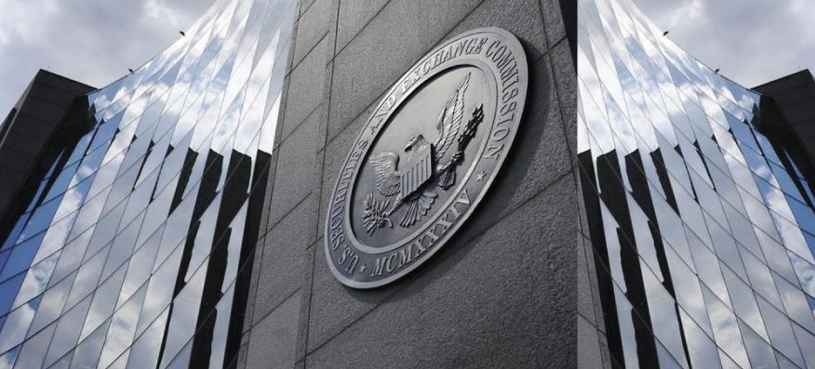Getting to know the trade or fade rule

What is the trade or fade rule?
Exchanging options involve different rules, and one includes the trade or fade. In this rule, the market maker needs to match a better bid that he can find on another exchange. Or else, he can also trade with the offering market maker with a better bid. This rule was made to prevent any trade-throughs. They are trades that are executed at a worse price compared to the best price in the market. Hence, we say this prevents trade-throughs because some bypass a better market price.
How did it start?
In 1994, trade or fade rules were adopted by exchanges because they wanted market makers to revise their quotes if they refused to trade at the published quote. It comes with the order that the market maker from another exchange. Later on, it was revised to the firm quote rule.
The trade or fade rule says that the market maker may make a trade offer to the other market maker if a better bid is available for an option on another exchange, and the market maker refuses to match it for a client's order. The market maker with a better offer price should accept the offer and trade at that offered price if he did not adjust the bid. SEC spearheaded this rule in 1994 by the US options exchanges for trading facilitation. Again, they do not want a trade through. A trade-through is an order that seems to trade through to better deals that are fictional. And since they want to prevent this, the market maker who offers a better quote must trade at the said price if he will not adjust the quote.
In 2001, the trade or fade rule was revised to the firm quote rule, as we mentioned. There was a revision because of the massive option classes list and trades on different exchanges. SEC said that the national market system should have reliable and precise quotation information as essential components. Hence, these are important so that broker-dealers will make the best execution decisions for their client's orders. Also, this allows clients and customers to make order entry decisions. Unfortunately, the trade or fade rule did not help the market efficiency department because there were workarounds like phantom quotes.
The shortfall of the rule
The trade or fade rule was not well-loved by market participants even when it meant well. Why? It restricted them from efficiently accessing and using all markets. They also did not receive any incentive to look for a better quote. SEC wanted to prevent trade-throughs, but the participants devised workarounds like phantom quotes. They make two-tier markets that current prices are based on the buyer.
Today's learnings
The
trade of fade is a rule for market makers
saying that they need to trade at the best possible bid. Those who stand on
their offers or bid for a long time may also fade markets because the prices
may turn against the initial bid-ask. The rule was made to avoid trade-throughs,
but it had a shortfall. Hence, the SEC made revisions in 2001.




